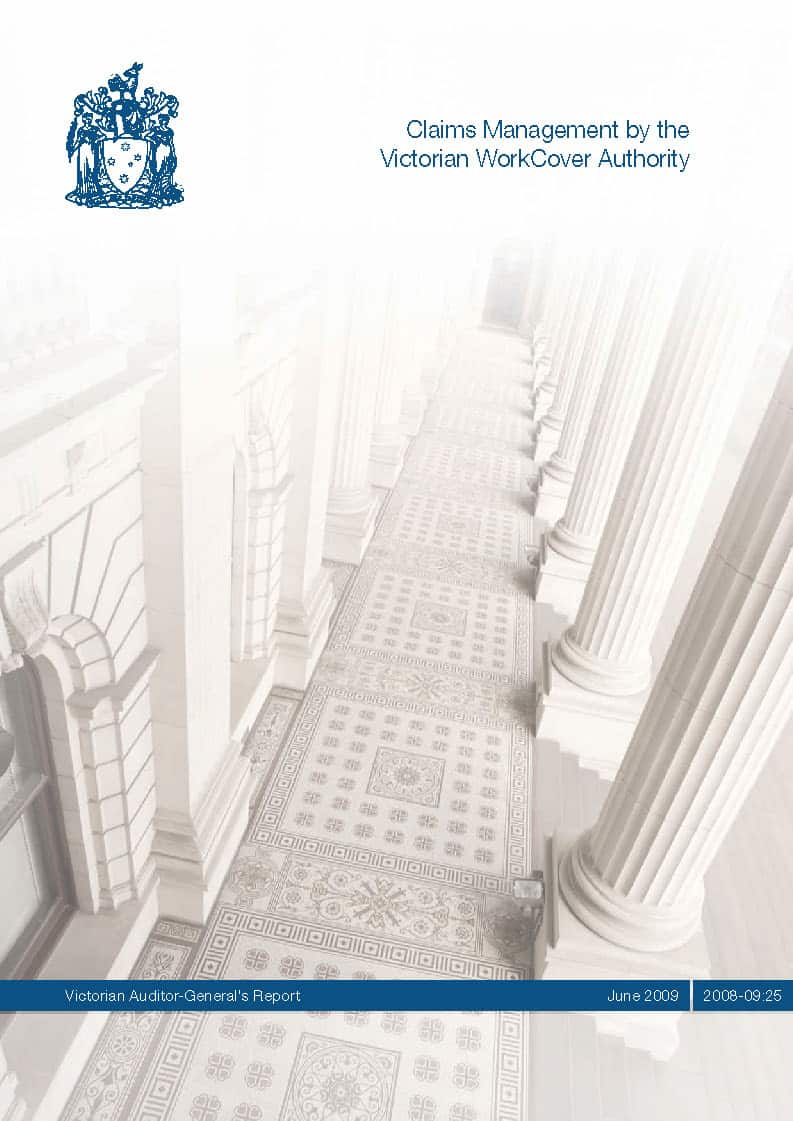Every country has its share of high-fliers who “burn out”. Many fade away from the public eye with their careers over. Frequently this path to wealth and prominence is not perceived as a workplace health or safety matter. Some people decide that the health trade-off of multi-million dollar salaries is worth it.
Sadly the psychological reality of this personal decision is often masked by clichés. Frequently, executives say that a major motivation for their decision is “to spend more time with my family”. Many executives may believe this to be a major part of their decision, but regrettably, this worthy sentiment has become a cliché – the equivalent of a beauty pageant winner working toward “world peace”.
The family-time phrase/reason/excuse signifies an important element of the executive’s personality. They were willing to sacrifice decades of their relationship with their partner and to be absent from the development of their children for money.
If any of these departing executives use the family-time phrase in the same departure speech or media exit-interview as regaining “control of their lives” to “re-engage with the most important people in my life”, ask the executives, or politicians, “how do you justify ignoring your family over your career?”.
In some cases one could be more specific. “Do you think that your multi-million career was related to your daughter’s persistent attempts to kill herself?” “After being absent so frequently and for so long, are you still justified in describing your marriage as a loving relationship, or your partner as your ‘soulmate’?” “Was your million-dollar salary really worth it?”
Int he wake of the self-generated corporate financial crisis, some corporate executives are re-examining their ethics and morality. Not enough are going through this but it’s a start. Most say they operate for the benefit of shareholders but they cannot deny the reality of massive remuneration for their efforts. What they are ignoring is the individual cost to their loved ones of these efforts.
Should we look up to the billionaires who sacrifice the wellbeing of others they say they love to chase the dollar? Are these the paragons of our society?
People are trying to maintain or establish a work/life balance. (There are several articles at SafetyAtWorkBlog that report on this movement.) But the reality is that to achieve a work/life balance, one must be prepared to sacrifice income. This may involve the necessity of achieving a certain stage in one’s career that is not the top, but still a position of value in the company and, equally important, of value to one’s family and even one’s own psychological well-being. If one’s colleagues fail to understand this decision, the workplace culture is faulty, and probably irreparable.
If the ultimate ideal is to have a happy, functional, and sustainable community, one must examine one’s own motivations, and one’s own personal priorities. Everyone must consider whether we want to emulate those who sacrifice their family’s welfare for money or whether we support those who rebut the “glory of the high-achiever” and emulate those who love their family enough to spend time with them through their career. Maintenance is easier than repair in life as in safety management.

